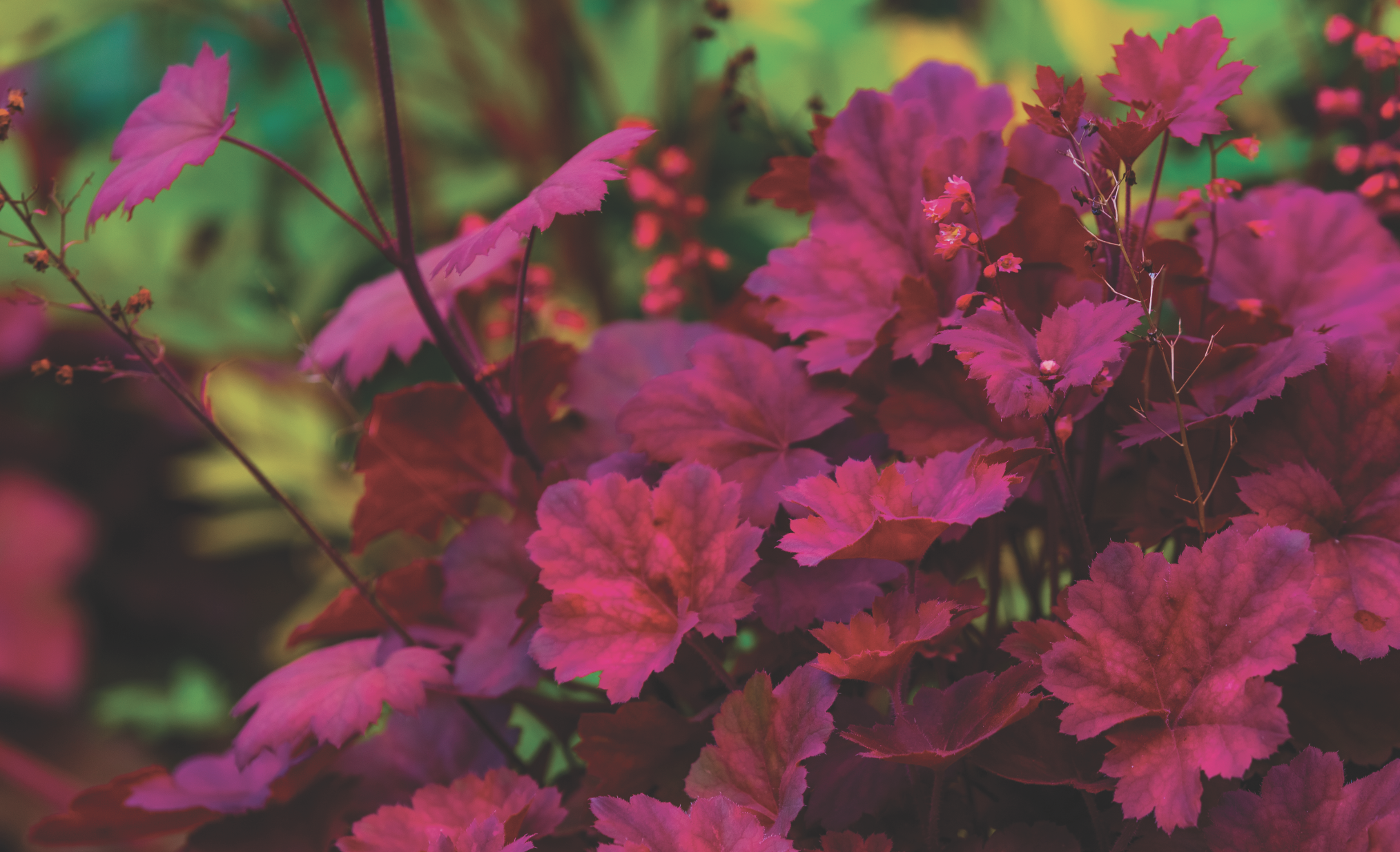Beautiful, lush, colorful and long-lasting hydrangeas have only recently become a standard landscape plant. Once considered old-fashioned, this shrub is among the many Victorian favorites that have made a comeback in the American garden. We especially love them here in East Tennessee, where they are winter hardy and nearly everybody’s grandmother had them growing somewhere in their yard. I have extensive knowledge of how hardy hydrangeas are. Twelve years ago, I asked my children to each give me a hydrangea for Mother’s Day. I had already picked out the plants, and all they had to do was cough up the money to their father. I planted the five hydrangeas close to the entrance of our farm under a dogwood. You have seen the pictures in magazines—large fluffy blooms, gorgeous color and a heavenly scent. This display was going to wow my visitors.
Being a new gardener and not researching the plants enough, I found myself with constantly wilted plants, and I had no easy means of getting water to the thirsty, spindly little shrubs. I hoped that this wilting was due to the new plants not being established. The next year, I had the same disappointing performance—weeping foliage and no blooms. The third year, I dug up the plants, brought them to the house and planted them again, this time outside the garden room where water was abundant and I saw them every day. The fourth year, I had only foliage again, but not as much wilting thanks to the water. Looking after them daily became a chore when winter came since they are deciduous; I was gazing at little bare sticks. I then made a terrible mistake and pruned them back severely. This was a sure way not to get any blooms the next summer, since hydrangeas bloom on old wood.
Fast forward ten years, lots of water and no pruning, and my hydrangeas are finally fabulous, magazine-quality beauties.
The color of the hydrangea is affected by the soil. If you bought your plant or received it as a gift in full bloom and then the next year, your plant had a weaker color or faded appearance, you need to amend the soil. Flower color depends to a large extent on soil pH. Acidic soils (pH 5.0 to 5.5) yield blue to purple flowers, while more alkaline soils (pH 6.5 to 7.5) yield pink to red ones. Some cultivars are more affected by pH than others, but white flowers (my favorite) are not affected by pH at all. Lime is used to raise the soil pH (make it less acidic), and aluminum sulfate is used to lower it (make it more acidic). Any changes you make in the soil’s pH should be done gradually over several seasons. If you have strongly acidic soil and want to grow pink hydrangeas, growing them in containers would be your best option, as they are a great container plant.
Even with our increasingly warm winters, we still need to remember that they like partial shade and well-drained soil (late, hot afternoon sun really makes them droop). Make sure they are planted in an area where water is an easy commodity. Without rain, I am watering mine every other day with a soaker hose.
Two native hydrangeas are Oakleaf and Annabelle. Being native to our area, they flourish with less effort than Lacecaps or Mopheads. Oakleaf blooms start out green and turn white as they mature, and they get to be as much as eighteen inches overall. Their name comes from the beautiful shape of their leaves, which look like an Oak tree leaf. Their handsome foliage turns a brilliant red and orange-brown in the Fall.
Annabelle has numerous flowers and blooms that are a pure white. This native can be pruned and returns to bloom in the same season. Neither Annabelle nor Oakleaf has their color affected by soil pH, so enjoy them in their natural shades of white. If we have a surprise frost late in the spring season, these natives will still perform, whereas you may lose all of your Mophead blooms.
Hydrangea blooms are easy to dry and use in your home throughout the seasons. If you like the Victorian look, just let them dry in a vase. Cut the flowers early in the day when in full bloom, and let them stand in two to three inches of water (do not replenish the water) until they are dry. This gives a fuller, more natural form. You can also hang the fresh flowers upside down in a dark, dry space, but the heads will tend to wilt or collapse. These dried flowers can be used in wreaths, dried arrangements or as holiday tree decorations. If they are allowed to dry naturally on the plant in the garden, they have a natural bronze color, and the heads will usually last until after Christmas.
Southern Living had an article in June 2001 on propagating hydrangeas. The technique is extremely simple. Step 1: Take eight- to twelve-inch tip cuttings in early summer and strip off the lowest pair of leaves. Step 2: Wet the cut ends and dip them in rooting powder. Step 3: Stick each cutting into a container of moist potting soil. Keep the soil moist and in the shade. The cutting should root in six to eight weeks. This is an easy way to increase your plants. Water is the key item in rooting and growing hydrangeas.
I have an obsession with hydrangeas. Currently, I have fifteen Oakleaf standing over eight feet tall, eight Lacecaps, twelve Annabelle and twenty various Mopheads, with colors ranging from white to various shades of pink and blue. I have a soaker hose running through the beds. I started with five hydrangeas fifteen years ago, and today I have over sixty.
I did tell you that they are easy to root.








